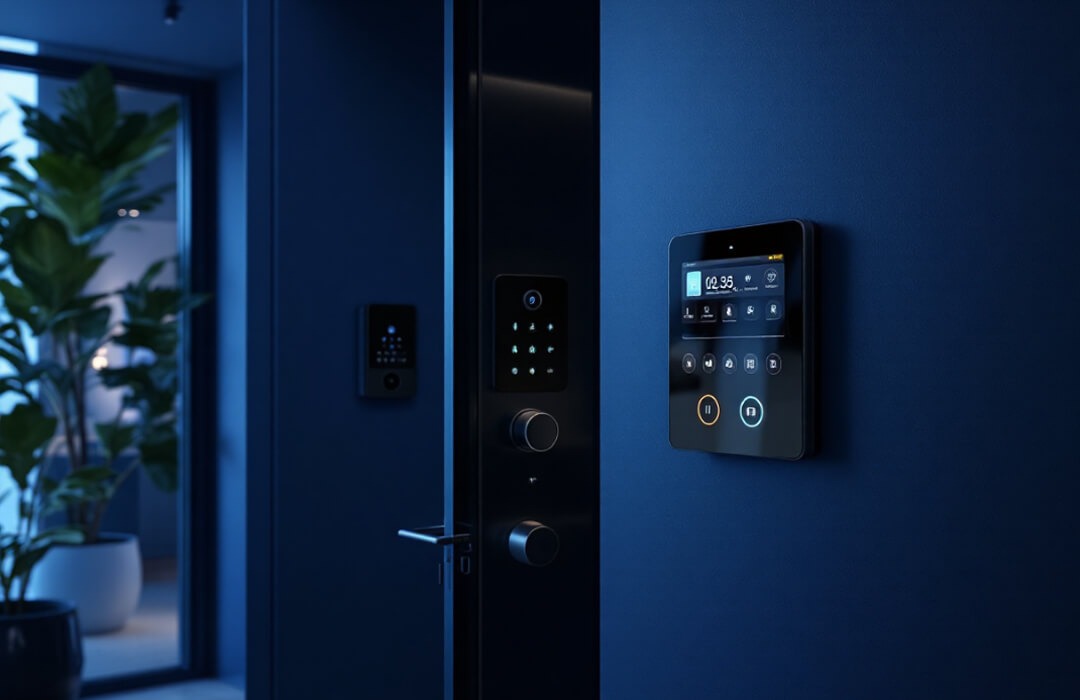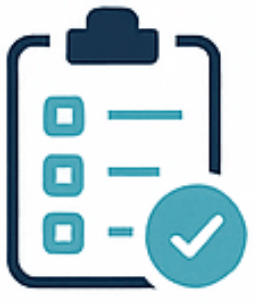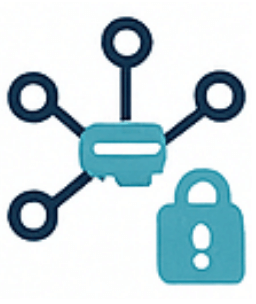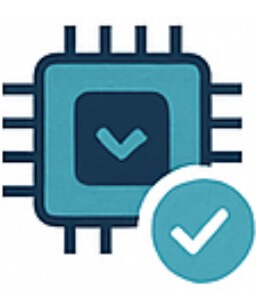
On April 28, Madrid—Europe’s sunniest capital—blinked out, taking much of the Iberian Peninsula with it.
My boss was right in the middle of it—and had, inconveniently, left his phone in a taxi (a story for another day). As he navigated darkened airports and silent train stations, I was glued to news sites. When you work in family office cybersecurity, your mind goes there first: Was this a cyberattack?
Which brings it closer to home. What else in your environment might be connected, exposed—and easy to miss?
Power grids aren’t the only systems with hidden access points. Today’s estates are full of smart infrastructure: solar inverters, air conditioning systems, backup generators—all with embedded modems quietly transmitting diagnostics, updates, and more. If a national grid can falter, what might be slipping out of your own home?
What Else Might Be Talking?
Most estate systems are designed to “just work”—and they usually do. But many now include built-in connections you probably didn’t ask for. Solar inverters (devices that convert solar power into usable electricity for the estate), backup power generators, and air conditioning systems often come with embedded cellular modems installed by the manufacturer—modems that the installer may not even know are there.
You may not have noticed them. But they’re always on. And they don’t exactly raise their hands when something changes.
These modems are meant to support system updates, remote diagnostics, and performance monitoring. But they’re also capable of streaming telemetry (data about how and when systems are used), error logs, and even ambient signals—like voltage fluctuations or temperature changes. Over time, that creates a digital profile of the estate: patterns of activity, presence, and usage, often logged and transmitted without anyone reviewing it.
This isn’t rare or theoretical. A scan of internet-facing solar systems found over 35,000 devices exposed online, with no firewall, no segmentation, and no monitoring. These aren’t obscure industrial models. They’re standard, consumer-grade units, installed in homes like yours.
And some have deeper issues. A report from Forescout’s Vedere Labs uncovered 46 critical vulnerabilities in popular solar inverters, flaws serious enough to let attackers alter firmware or disrupt energy control systems.
In theory, these devices are doing maintenance. In practice, they’re open lines out of the home that go unmonitored—and over time, that lack of oversight can turn into exposure.
Why This Matters for Family Office Cybersecurity
This isn’t about ransomware or stolen credentials. It’s about the background signals your systems send out all the time—information that, over time, starts to look like a behavioral blueprint.
- Power usage logs can reveal when the house is occupied—or not.
- Diagnostic pings can show when someone’s usually home, when things kick on and off, or when routines shift.
- Firmware updates, if poorly secured, can occasionally create more problems than they solve—including unexpected remote access.
Individually, none of that sounds dramatic. But collectively, it adds up to something useful, especially to someone with time and motive. The real risk here is pattern recognition.
And, yes, that includes AI. But we’re not talking about a robot plotting your downfall. We’re talking about everyday automation, systems that can take routine data and piece together a pretty solid guess at what your life looks like on an average Tuesday.
Here’s the other thing we hear a lot:
“Thankfully, I’ve never been hacked.”
Fair enough. But keep in mind, not every intrusion announces itself. Some aren’t even aiming for immediate disruption. Some are just watching. Gathering. Waiting for the moment when access might actually be useful.
Sometimes that access doesn’t even come from a hacker. It comes from a vendor with broad terms of service. Or a device that was never built for a private residence with your level of privacy expectations.
This isn’t a panic scenario—it’s a visibility problem. If you don’t know what your devices are doing, or who they’re talking to, then you don’t really know what kind of data is leaving your estate. And that’s what makes it worth looking into.
For more on why estates like yours are increasingly in the crosshairs, see why hackers love family offices.
How to Audit Smart Estate Devices: A Cybersecurity Plan for Private Clients

Make an Equipment Inventory
Catalog every solar inverter, HVAC controller, generator, and smart switch. Know what’s connected and how.

Ask the Right Questions
What firmware is it running? How often is it patched? Who can access it remotely?

Segment and Monitor
Put these devices on a dedicated VLAN. Use outbound traffic filters. Log and review their behavior. ?

Include Firmware in Pen-Tests
Penetration testing should go beyond firewalls and apps—down to the embedded software layer.?

Review Annually with a Smart-Hardware Checklist
- Model/firmware version
- Patch history
- Connectivity method
- Remote access status
- Logging behavior
Cybersecurity Isn’t Drama—It’s Estate Maintenance That Protects Your Privacy
This isn’t headline-style hacking drama; it’s diligence in the places most people don’t think to look. The Iberian blackout shows that if a national grid can falter without warning, any system—no matter how local, private, or high-end—deserves scrutiny.
Your estate probably won’t go dark, but it’s worth asking what your own systems might be missing.
Need a Risk Assessment? Start Here.
We offer on-site risk assessments tailored to family offices and high-net-worth homes. From smart power systems to embedded network hardware, we evaluate what’s installed, how it’s secured, and where it might be telling someone more than you’d like.
Remote scans can be useful—but they miss a lot. That’s why we walk the property, trace the gear, and get a full picture.
If you’re not sure what’s on your estate network—or what it might be telling someone else—we can help you find out.

